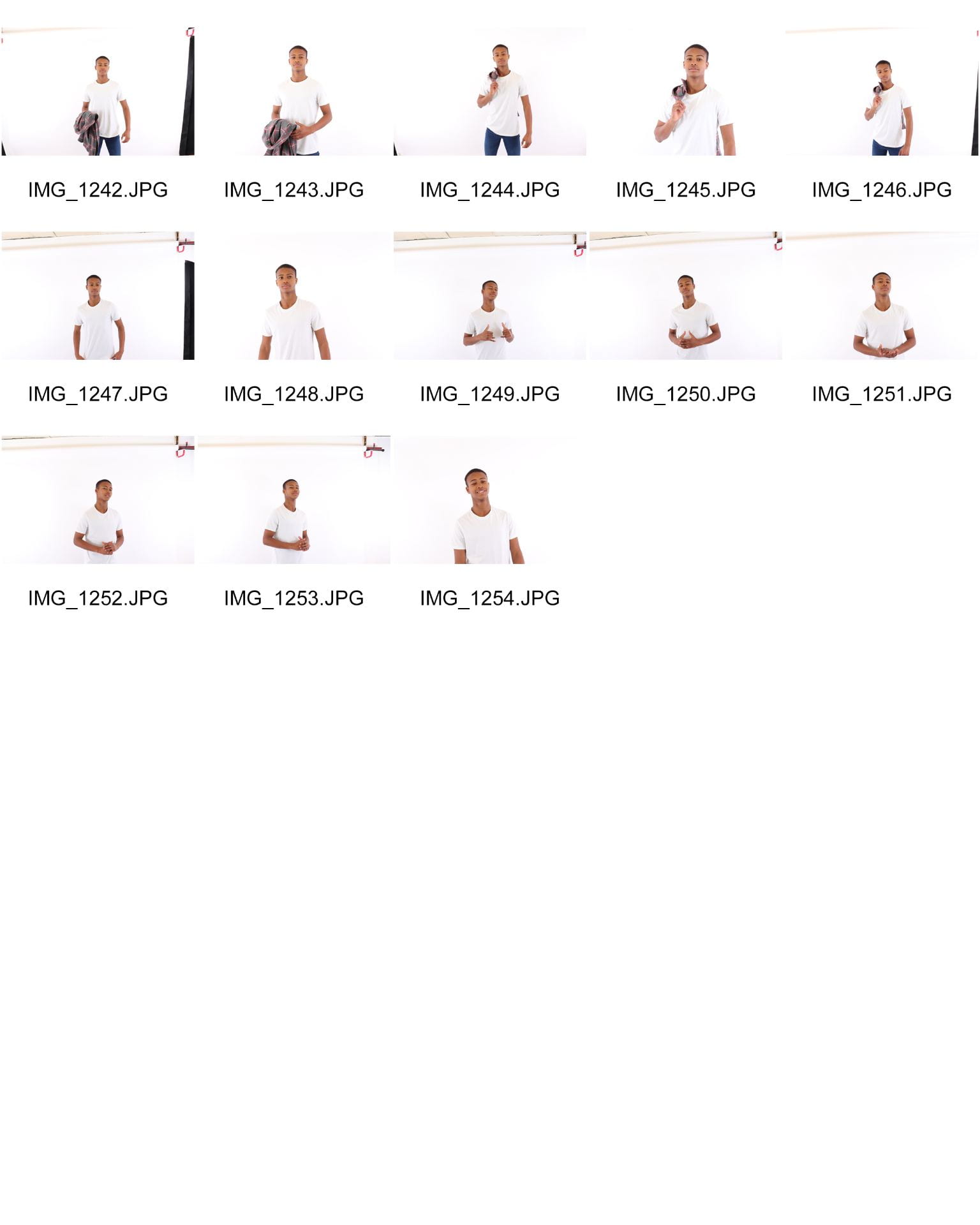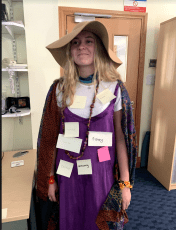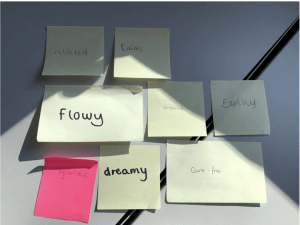Our task was to annotate a Magazine cover that we were given. We annotated it with:
- Masthead
- Name
- Colours
- Design
- Articles
- Images
I pulled apart this magazine cover and found all of these features that make up the front cover. By doing this I was able to find out the covers demographics, psychographics and target audience.
Demographics are categorised in terms of age, class, geographical location, gender and socio-economic groups. Whereas Psychographics represents the groups of people by personality traits, values & beliefs , attitudes, interests and lifestyles and this may be because middle-age men still want to believe they are in their youth and still want to seem young.
I now understand it is important to know about my target audience. This will help me when I am creating my music magazine because I will take into consideration all of these features to make sure I show my intended narrative.















